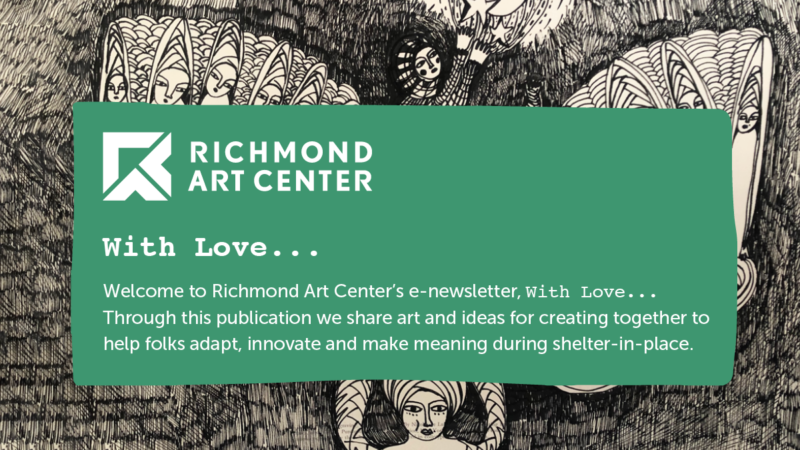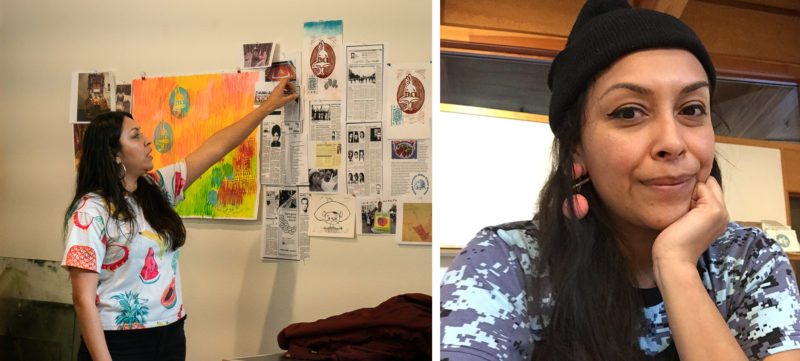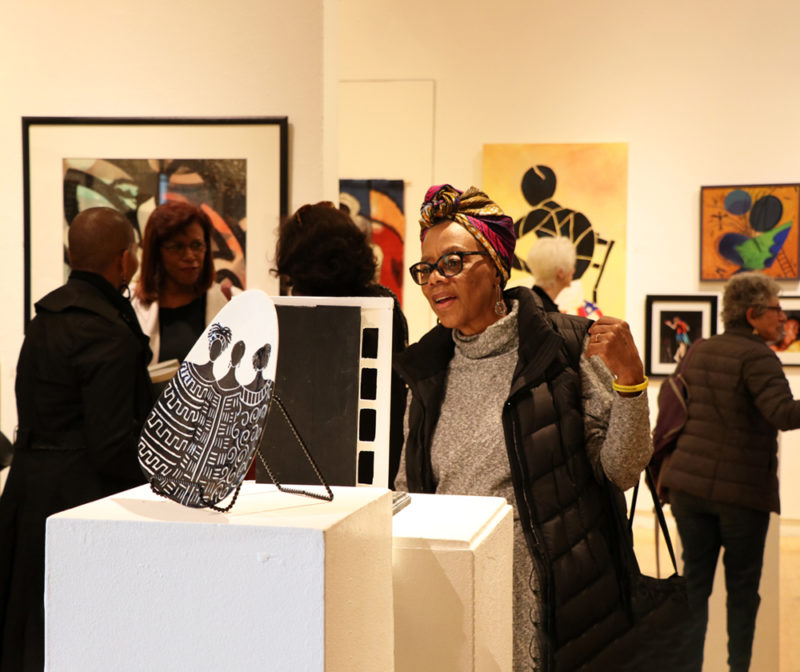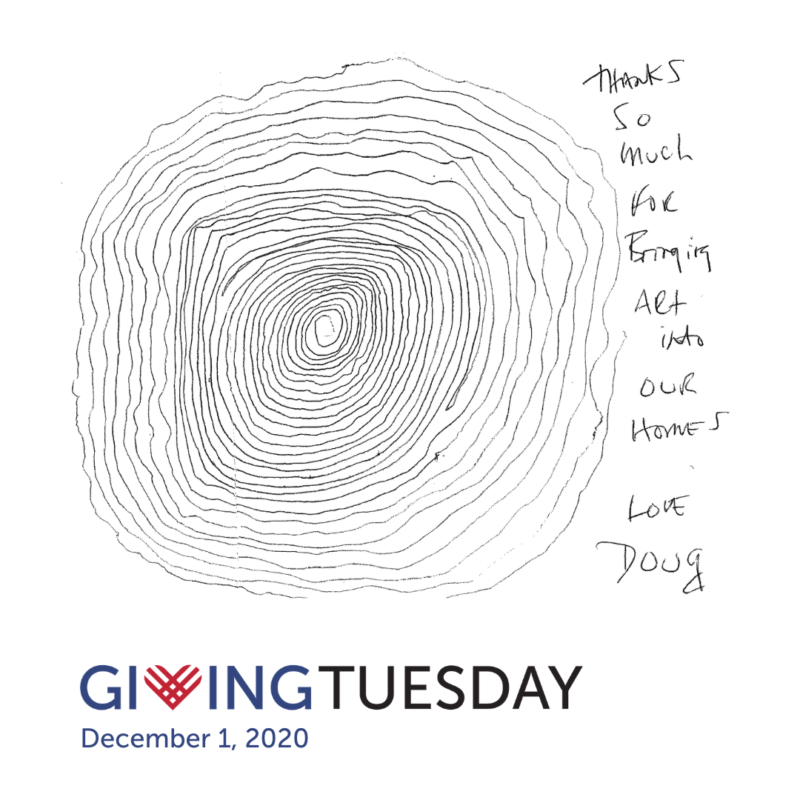Take a deep breath and draw | With Love… Issue 13

Sign up to receive this e-newsletter delivered to your inbox HERE. ISSUE 13 Honoring Martin Luther King Jr | Take a deep breath… and draw | Meet Alex Martinez | Ask your questions | Classes starting soon Honoring Martin Luther King Jr “Almost always, the creative dedicated minority has made the world better.” – Martin […]
“Making new work and teaching during covid is challenging, but I’m grateful to be able to do it.”

Meet Alex Martinez Artist Alex Martinez is a second-generation Queer, Mexican-American Chicanx, raised in Watsonville, California. She has lived in the Bay Area for 20 years, and is a teaching artist at Richmond Art Center. Alex chatted with Amy Spencer, Exhibitions Director at RAC, on January 12, 2021. Hi Alex! Let’s start with your art and […]
Thank you for being part of RAC’s story | With Love… Issue 12
Issue 12Let’s Keep Going | Art of the African Diaspora | Spotlight On… Vera Totos | Classes Starting SoonPlay the Art Cube Game Let’s Keeping Going Thank You! A huge thank you to everyone who contributed so generously to Richmond Art Center’s end-of-year campaign. We raised $78,500 that sets us up for a great start […]
Artist Registration for Art of the African Diaspora is Now Open

Artists, sign up HERE to join Art of the African Diaspora 2021! Art of the African Diaspora, in partnership with Richmond Art Center, supports artists of African descent in the Bay Area through representation, professional development, and building a creative community. In 2021 Art of the African Diaspora will be hosted at aotad.org and richmondartcenter.org. All artists who […]
Special Delivery! Winter 2021 Class Catalog
Which class will you take in 2021? We’re excited to share our Winter Catalog! Register today for online classes starting in January! New offerings for adults include Improv Weaving, Painting Towards Climate Justice and Dollar Store to Dinnerware. For kids new classes include DIY Jewelry, and Fairytale Sculptures! Winter 2021 Class Catalog Flip Book (view as an interactive, online publication) Winter 2021 Class Catalog PDF (download to print or […]
Winter classes for one and winter classes for all! | With Love… Issue 11
Issue 11Winter Session 2021 | Ceramics Sale Round 2 | Three Ways to Give Creativity | Taking a Break Winter Session 2021 Class Registration NOW OPEN We have online art classes for adults, teens, kids and, well… everyone! Browse our online listings and check out new classes including Improv Weaving, Painting Towards Climate Justice and […]
And pivot, Ceramics Sale NOW ONLINE! | With Love… Issue 10
Sign up HERE to receive this e-newsletter delivered to your inbox ISSUE 10 Online Ceramics Sale | Giving Forward | Spotlight on: Yelloh Joy Magazine | Last Classes in 2020 | A Gift from Our Neighbors Online Ceramics Sale Sale Starts Very Soon! We’re sad we can’t bring you our Ceramics Sale in person this […]
HAF Curbside Market Canceled due to Covid-19
A Message for RAC’s Community: Your safety is really important to us. In light of the rapid increase of Covid-19 cases in Richmond, we have decided to cancel the in-person Ceramics Sale and Curbside Vendor Market for our Holiday Arts Festival at Richmond Art Center. But you can still enjoy the Holiday Arts Festival! Browse amazing […]
Giving Tuesday

Richmond Art Center is participating in Giving Tuesday on December 1! This one-day national fundraising event aims to inspire people, like you, to donate to the nonprofits you love. Please consider making a contribution to our End-of-Year Appeal. Ways you can support RAC: Make an online donation Claim a Thank You Gift in our End-of-Year Appeal […]
The Ceramics Sale Returns | With Love… Issue 9
Sign up HERE to receive this e-newsletter delivered to your inbox ISSUE 9 Holiday Arts Festival | Thank You! | Unity and Community | Online Art Classes in December Holiday Arts Festival Online and In Person Arts and Crafts Festival The Holiday Arts Festival returns in 2020 with a hybrid online and curbside event! Click on […]
